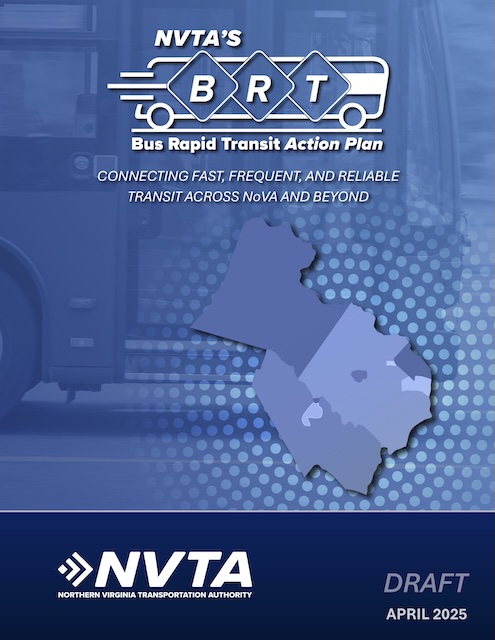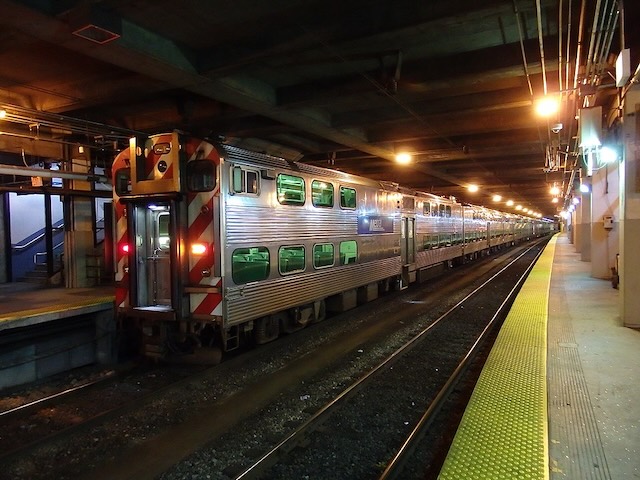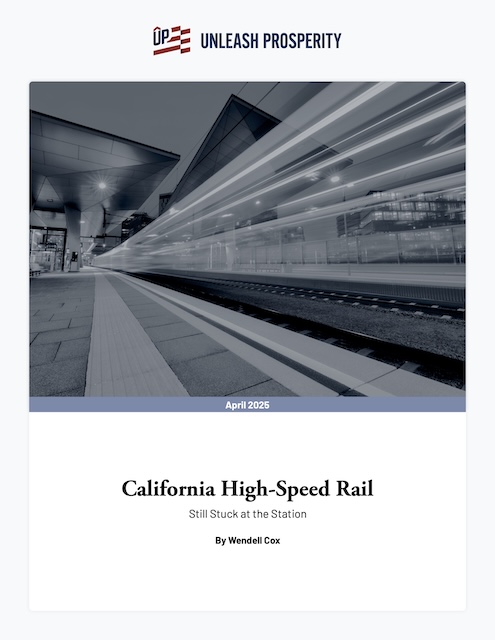This is relevant to some of the comments that have been made on recent Antiplanner posts.
-
Recent Posts
- Mamdani Doesn’t Care about CO2 Emissions
- May Amtrak 8.8%, Air Travel 6.2%, Over 2019
- Have a Safe and Happy Independence Day
- Another Stupid Monorail (But Not Really)
- Another Housing Reform That Won’t Work
- Failing to Learn the Lessons of History
- SEPTA Tries the Washington Monument Strategy
- Do Driverless Cars Hallucinate Electric Sheep?
- Selling the Public Lands
- Amtrak Will Not Be Profitable by 2028
Calendar
Categories
- Book reviews (59)
- City planning (126)
- Entrepreneurs (17)
- Fish & wildlife (10)
- Follow up (120)
- Housekeeping (205)
- Housing (294)
- Iconoclast (50)
- Meltdown (28)
- Mission (81)
- News commentary (955)
- Planning Disasters (95)
- Policy brief (147)
- Public lands (71)
- Regional planning (315)
- Transportation (2,540)
- Travels (35)
- Urban areas (370)
- Useful Data (262)
- Why Planning Fails (33)
- Wildfire (64)
Tags
airlines Amtrak Austin automobiles bicycles bus-rapid transit bus transit California commuter rail congestion Denver driverless cars energy heavy rail high-speed rail highways Honolulu housing housing affordability infrastructure intercity bus intercity passenger trains intercity rail light-rail transit light rail Los Angeles low-capacity rail New York New York City Portland rail transit reauthorization San Antonio San Francisco San Francisco Bay Area Seattle self-driving cars streetcar streetcars tax-increment financing transit transit-oriented development Twin Cities Washington Washington DCFaithful Allies
- California Chaparral Institute Advocates for more rational wildfire policies in southern California
- Debunking Portland Portland has become a PR machine for the Light Rail & Streetcar industry. We are telling the other side
- Demographia Wendell Cox’s compilation and review of population data
- Public Purpose Wendell Cox’s compilation and review of transport data
- Reason Foundation Supporter of improved urban transportation
- Save Portland Documents subsidies to Portland transit-oriented developments
Loyal Opponents
- American Planning Association Voice of the urban planning profession
- American Public Transportation Association Lobby group for the transit industry
- Market Urbanism Smart-growth advocates in a free-market guise
- Victoria Transport Policy Institute Promotes rail transit & smart growth
Popular Blogs
- Prepare for Wildfire How to make your home firewise
- Streamliner Memories The Antiplanner’s blog about the history of American passenger trains
Useful Data
- Highway Statistics US DOT’s annual compilation of highway data
- House Price Index Department of Commerce’s quarterly compilation of changes in housing prices
- National Transit Database US DOT’s annual compilation of transit data
- National Transportation Statistics US DOT’s annual compilation of transportation data
Meta
The Antiplanner’s Other Blog: Streamliner Memories
Antiplanning Books
-
Recent Posts
- Mamdani Doesn’t Care about CO2 Emissions
- May Amtrak 8.8%, Air Travel 6.2%, Over 2019
- Have a Safe and Happy Independence Day
- Another Stupid Monorail (But Not Really)
- Another Housing Reform That Won’t Work
- Failing to Learn the Lessons of History
- SEPTA Tries the Washington Monument Strategy
- Do Driverless Cars Hallucinate Electric Sheep?
- Selling the Public Lands
- Amtrak Will Not Be Profitable by 2028
Calendar
Categories
- Book reviews (59)
- City planning (126)
- Entrepreneurs (17)
- Fish & wildlife (10)
- Follow up (120)
- Housekeeping (205)
- Housing (294)
- Iconoclast (50)
- Meltdown (28)
- Mission (81)
- News commentary (955)
- Planning Disasters (95)
- Policy brief (147)
- Public lands (71)
- Regional planning (315)
- Transportation (2,540)
- Travels (35)
- Urban areas (370)
- Useful Data (262)
- Why Planning Fails (33)
- Wildfire (64)
Tags
airlines Amtrak Austin automobiles bicycles bus-rapid transit bus transit California commuter rail congestion Denver driverless cars energy heavy rail high-speed rail highways Honolulu housing housing affordability infrastructure intercity bus intercity passenger trains intercity rail light-rail transit light rail Los Angeles low-capacity rail New York New York City Portland rail transit reauthorization San Antonio San Francisco San Francisco Bay Area Seattle self-driving cars streetcar streetcars tax-increment financing transit transit-oriented development Twin Cities Washington Washington DCFaithful Allies
- California Chaparral Institute Advocates for more rational wildfire policies in southern California
- Debunking Portland Portland has become a PR machine for the Light Rail & Streetcar industry. We are telling the other side
- Demographia Wendell Cox’s compilation and review of population data
- Public Purpose Wendell Cox’s compilation and review of transport data
- Reason Foundation Supporter of improved urban transportation
- Save Portland Documents subsidies to Portland transit-oriented developments
Loyal Opponents
- American Planning Association Voice of the urban planning profession
- American Public Transportation Association Lobby group for the transit industry
- Market Urbanism Smart-growth advocates in a free-market guise
- Victoria Transport Policy Institute Promotes rail transit & smart growth
Popular Blogs
- Prepare for Wildfire How to make your home firewise
- Streamliner Memories The Antiplanner’s blog about the history of American passenger trains
Useful Data
- Highway Statistics US DOT’s annual compilation of highway data
- House Price Index Department of Commerce’s quarterly compilation of changes in housing prices
- National Transit Database US DOT’s annual compilation of transit data
- National Transportation Statistics US DOT’s annual compilation of transportation data
Meta
The Antiplanner’s Other Blog: Streamliner Memories
-
Recent Posts
- Mamdani Doesn’t Care about CO2 Emissions
- May Amtrak 8.8%, Air Travel 6.2%, Over 2019
- Have a Safe and Happy Independence Day
- Another Stupid Monorail (But Not Really)
- Another Housing Reform That Won’t Work
- Failing to Learn the Lessons of History
- SEPTA Tries the Washington Monument Strategy
- Do Driverless Cars Hallucinate Electric Sheep?
- Selling the Public Lands
- Amtrak Will Not Be Profitable by 2028
Calendar
Categories
- Book reviews (59)
- City planning (126)
- Entrepreneurs (17)
- Fish & wildlife (10)
- Follow up (120)
- Housekeeping (205)
- Housing (294)
- Iconoclast (50)
- Meltdown (28)
- Mission (81)
- News commentary (955)
- Planning Disasters (95)
- Policy brief (147)
- Public lands (71)
- Regional planning (315)
- Transportation (2,540)
- Travels (35)
- Urban areas (370)
- Useful Data (262)
- Why Planning Fails (33)
- Wildfire (64)
Tag Cloud
airlines Amtrak Austin automobiles bicycles bus-rapid transit bus transit California commuter rail congestion Denver driverless cars energy heavy rail high-speed rail highways Honolulu housing housing affordability infrastructure intercity bus intercity passenger trains intercity rail light-rail transit light rail Los Angeles low-capacity rail New York New York City Portland rail transit reauthorization San Antonio San Francisco San Francisco Bay Area Seattle self-driving cars streetcar streetcars tax-increment financing transit transit-oriented development Twin Cities Washington Washington DCFaithful Allies
Loyal Opponents
Popular Blogs
Useful Data
The Antiplanner’s Other Blog: Streamliner Memories
Antiplanning Books












